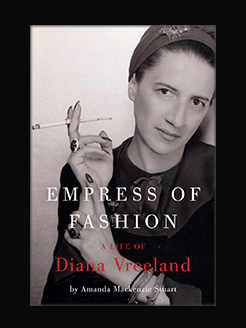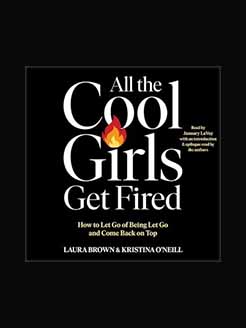Published in 2023
288 pages
9 hours and 5 minutes
Eileen Bjorkman loves all things aviation, with a particular passion for military and homebuilt aircraft. She is a retired U.S. Air Force colonel with 700+ hours of flying time as a flight test engineer in 25 different types of military aircraft, primarily the F-4, F-16, C-130, and C-141. As a civilian pilot, she holds an Airline Transport Pilot rating and is a Certificated Flight Instructor with more than 2,000 hours of flying time. She owns an aerobatic airplane, a Decathlon. When she’s not writing or researching, she can usually be found doing some sort of outside activity, especially anything involving an airplane.
In addition to her books, Eileen has had articles published in Air & Space/Smithsonian, Aviation History, Portland, Equinox: Poetry and Prose, Sport Aviation, the Everett Daily Herald, and many technical journals.
She has both MS and BS degrees in Aeronautical Engineering from the Air Force Institute of Technology in Ohio, and a BS in Computer Science from the University of Washington in Seattle. She also has a PhD in Systems Engineering from The George Washington University in Washington, DC.
What is this book about?
This is the untold story of the women military aviators of the 1970s and 1980s who kicked open the door to fly in combat in 1993—along with the story of the women who paved the way before them.
In 1993, U.S. women earned the right to fly in combat, but the full story of how it happened is largely unknown. From the first women in the military in World War II to the final push in the 1990s, The Fly Girls Revolt chronicles the actions of a band of women who overcame decades of discrimination and prevailed against bureaucrats, chauvinists, anti-feminists, and even other military women.
Drawing on extensive research, interviews with women who served in the 1970s and 1980s, and her personal experiences in the Air Force, Eileen Bjorkman weaves together a riveting tale of the women who fought for the right to enter combat and be treated as equal partners in the U.S. military.
Although the military had begun training women as aviators in 1973, by a law of Congress they could not fly in harm’s way. Time and again when a woman graduated at the top of her pilot training class, a less-qualified male pilot was sent to fly a combat aircraft in her place.
Most of the women who fought for change between World War II and today would never fly in combat themselves, but they earned their places in history by strengthening the U.S. military and ensuring future women would not be denied opportunities solely because of their sex. The Fly Girls Revolt is their story.







